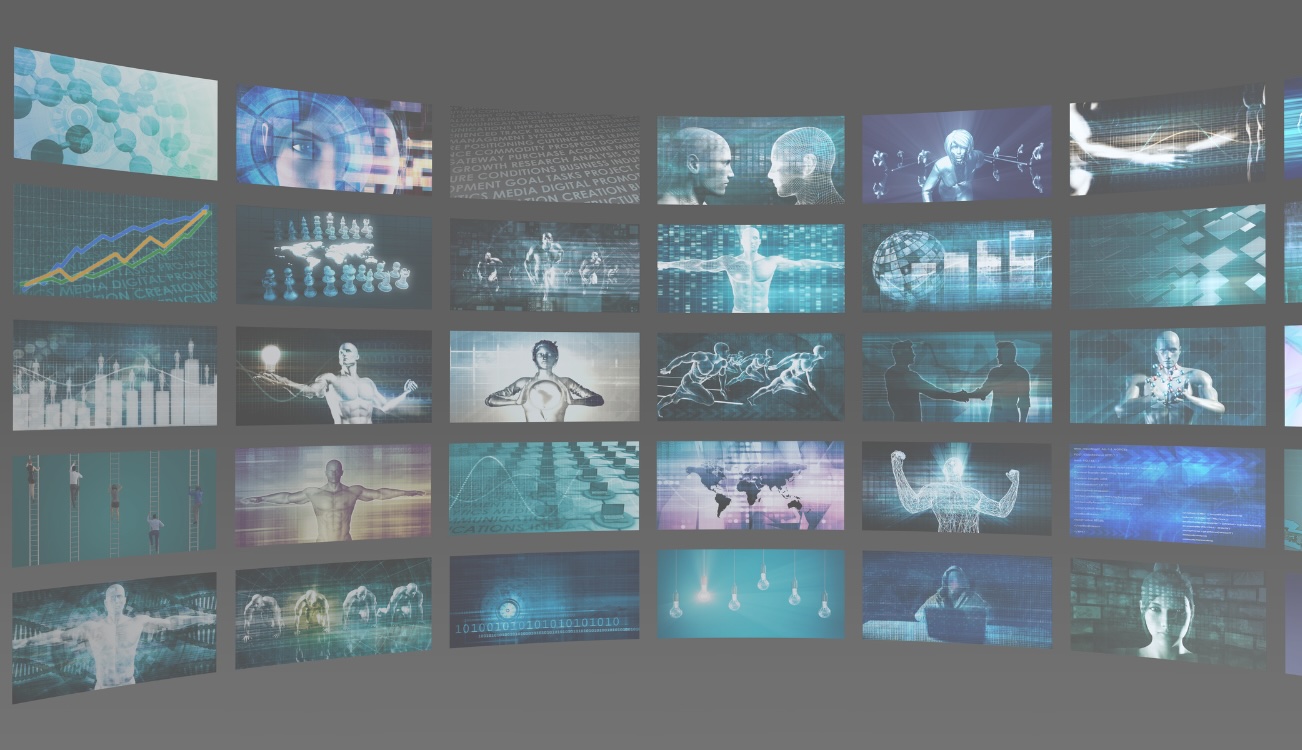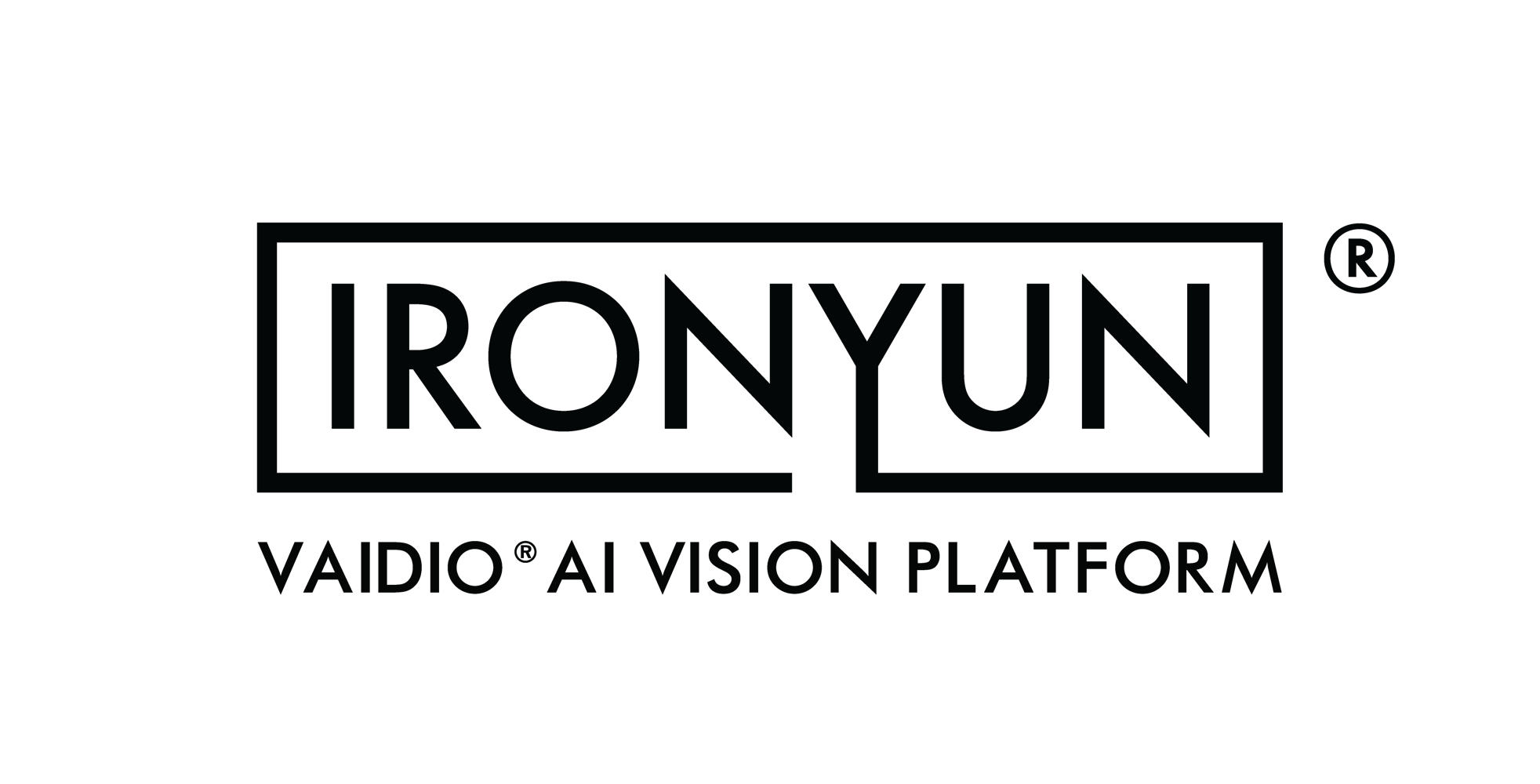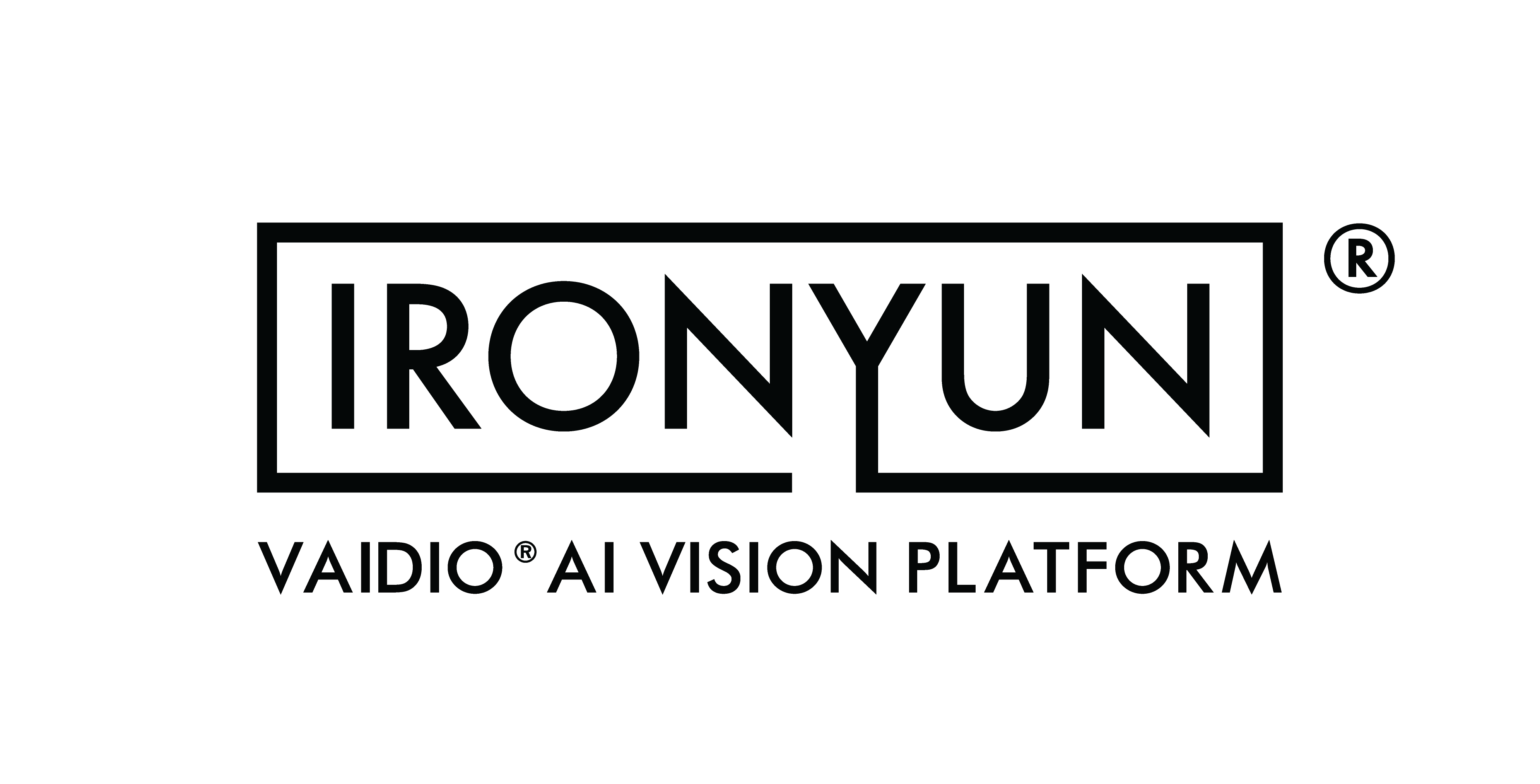
We are heading to a future where virtually everything is under the constant surveillance of a digital eye. The information that we get from instruments such as video cameras and surveillance cameras is not limited by human analysis.
In fact, it’s a tedious method for a person to investigate the video output from a camera. However, the insights and data derived from these data are vast and useful to enhance the security and operations of a facility.
The advancements in computing and AI have created a giant impact on real-time video analytics. It allows the creation of additional accurate surveillance and detection of objects and their motion, and can even be programmed to understand human emotion.
This advancement in technology, if utilized properly, can be a profitable avenue for business intelligence by making well-thought-out and informed decisions based on important data that you can get from the feeds of video analytics.
The potential of real-time video analytics is vast and undeniably diverse. Even in 2022, its flexibility is still being discovered to enhance security video analytics. But in the meantime, there are benefits of real-time video analytics that are applied to surveillance and business solutions. If you want to know these benefits, read on!
What Is Real-Time Video Analytics?
Video analytics is the process of using algorithms to automatically recognize any spatial or temporal events in video data. Video analytics software distinguishes between different objects and recognizes particular activities or behaviors that may prompt a user response or alarm.
The main purpose of video analytics is to alert security personnel of any unauthorized or unwanted activities captured by surveillance cameras promptly so they can respond to them quickly.
The mining of this data could potentially provide the user with actionable insights on how to improve their business processes or security protocols. In addition, real-time video analytics can keep track of events as they happen—object detection, object recognition, motion detection, and movement patterns may all be captured and analyzed through the video footage.
A video surveillance system equipped with video analytics solutions can detect a variety of occurrences, including vehicles that are not following traffic laws, a quick burst of smoke or flame due to an explosive, a suspicious individual moving stealthily, or a bad customer experience at a retail store.
How Does Real-Time Video Analytics Work?
As an overview, the system that makes real-time video analytics work is through a feedback loop system that allows fed data to supplement itself in order to understand and interpret this data. This also makes the system more intelligent by "remembering" how the previous data can be best interpreted to better understand the current data that is being captured.
This process is done with a series of three steps: pre-processing, feature extraction, and pattern recognition.
Pre-processing Stage
In the pre-processing stage, the video feed is cleaned up and all irrelevant information is removed. This includes anything that could potentially distort or interrupt the analytics process, such as image noise or motion blur.
Feature Extraction Stage
In the feature extraction stage, the important features of the data are isolated. This could be anything from the size, color, and shape of objects to their movement patterns.
Pattern Recognition Stage
At this stage, the extracted features are analyzed and matched against known patterns. If a match is found, an alarm is raised and appropriate actions can be taken.
Machine learning algorithms are used in video analytics to evaluate, manage, and monitor large amounts of video material. By digitally processing video inputs, it transforms them into smart data and aids decision-making. The use of video analytics in real-time surveillance is deployed to track and deliver warnings of specific events as they occur. On the other hand, it can also be used to look for events that have occurred in the past.
Smart video analytics solutions can be installed in a central monitoring station, in CCTV cameras, or a mix of both. Video analytics, which is set up in security cameras, is suitable for providing real-time data. It's known as "edge video analytics," which pertains to the processing of video content near the source, at the camera. The goal is to reduce the load on the central server and speed up event detection.
Each security camera in an edge video analytics solution undergoes delicate processing. As a result, organizations with limited network capacity can simply stream and obtain information on suspicious occurrences provided over the network without consuming network bandwidth. The operators can then use post-processing analytics to search the recorded footage many times with varied parameters.
The Pros and Cons of Intelligent Video Analytics
The benefits of real-time video analytics are vast and can provide tremendous value to organizations when it comes to detecting events as they happen. Some of the key benefits include:
- In-depth analysis of video aspects that the human eye may overlook through IP cameras and CCTV cameras
- Deep video analytics solutions are performed at all times with no lag and little errors through real-time video streams
- A video analytics solution in your business can help businesses and organizations save money on manpower
- In response to trigger occurrences, prompt alerts and notifications are sent out through well-linked video surveillance systems
- A high return on investment (ROI) can be expected as a result of increased efficiency and productivity in the workplace
However, despite the many benefits of real-time video analytics in many sectors, there are also a few downsides to consider when it comes to implementing video analytics into your security plan. One of the main issues is that video analytics can be inaccurate due to false alarms. Additionally, because video analytics is constantly running and analyzing data, it can be very taxing on a system's resources, which can lead to decreased performance.
Video analytics is also constrained by the following parameters:
- Involvement of a large amount of capital at the start is needed
- Large bandwidth networks are required
- Hacking vulnerabilities and data breaches are possible
All things considered, organizations are able to detect and prevent incidents from happening with the help of video analytics in near real-time. The use of video analytics has become more refined and intelligent as the technology has progressed, making it an essential tool for security professionals. By being able to detect events as they happen, businesses can reduce the chances of a costly incident taking place and keep their employees, customers, and assets safe.
Primary Benefits of Real-Time Video Analytics in Security
Detecting events as they happen is one of the most important benefits of real-time video analytics in security. Here are six specific ways that real-time analytics can help security professionals keep their businesses safe:
1) In-Depth Analysis
Advanced video analytics network camera software can analyze video streams to a depth that is impossible for human eyes to achieve. The software examines an image pixel by pixel, rather than looking at it as a whole. Additionally, AI-based video analysis can detect, track, and classify objects in a scene. This level of detail can be crucial in identifying security threats and suspicious behavior.
2) Object Recognition and Motion Detection
Video analytics is a cutting-edge technology that can perform a variety of important tasks. Motion detection is one of them, and it may be adjusted to various levels of sensitivity. Aside from this, object identification is available too in several versions of detection. It can be configured to differentiate one object from another or to detect a single specific object and determine whether it needs to be changed or eliminated.
3) Notifications and Alerts
In the event that something is detected by video analytics, the software can be configured to send out alerts and notifications. This allows security professionals to take immediate action to address the threat. The alerts can be sent to a variety of people, such as security personnel, first responders, or business leaders.
For example, sirens could be sounded throughout the building if there is a fire, or the police could be called if there is a break-in. The owner, security staff, and others could also receive an e-mail or a notification automatically. For a variety of functions, the system can also be connected to third-party hardware, such as doors or lighting. If you wanted the doors to close and lock automatically when motion is detected, you may do so as well.
4) Automated, Real-time Video Surveillance Systems
A manual recording system may only capture footage after an incident has occurred. This can lead to hours, days, or even weeks of lost footage, but with automated systems, they are constantly recording, which allows for a more complete view of what took place. That's powerful: providing incredibly accurate video data surveys with no time lag! AI-based video analytics, unlike security personnel, is always on the job: it never gets weary or takes a break.
5) Ease of Installation
The best part of this video analytics solution is that it is quite simple to set up. In reality, your network cameras may arrive with such software already installed. If not, or if you wish to upgrade your existing software, you can buy a third-party video analytics software. After that, it's just a matter of connecting it to your system and you're ready to go with your new, high-powered video analytics-based intelligent video surveillance system!
6) Reduced Cost of Labor
Real-time video analytics can make your ROI skyrocket. With the help of video analytics, your security staff can be reduced or even eliminated in some cases. With the computer on the job, you can reduce the number of people who are only watching fed data from video cameras and instead direct their attention to working on the ground and dealing with any possible hazards firsthand, rather than from behind a video screen.
Conclusion
The benefits of real-time video analytics are vast and can help make your business safer. With object recognition, motion detection, and other features, you can keep a close eye on what is happening in your vicinity at all times.
Additionally, the alerts and notifications that are generated can help speed up the response time to security threats. Finally, the installation is simple and the cost of labor can be reduced. With these benefits, it is hard to deny the value of real-time video analytics and how it is changing the security landscape.


